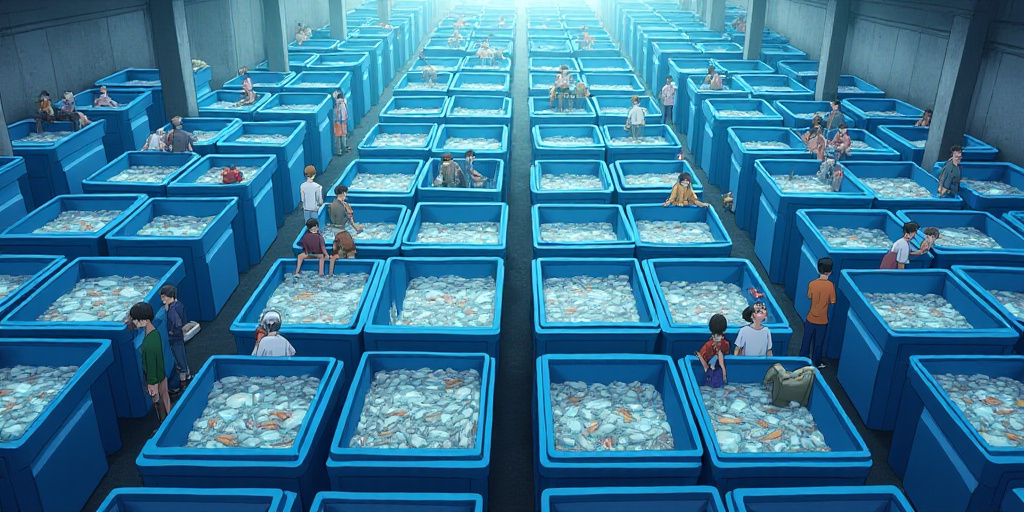Background on the Fukushima Nuclear Disaster and Japan’s Wastewater Release
In 2011, a powerful earthquake triggered a devastating tsunami that struck the Fukushima Daiichi Nuclear Power Plant in Japan, causing severe damage and leading to the release of radioactive materials. The disaster prompted Japan to grapple with managing and storing vast quantities of contaminated water, which posed significant environmental and health concerns.
Japan’s Wastewater Release Plan
In 2023, Japan began a gradual release of treated wastewater from the Fukushima plant into the Pacific Ocean. This decision was made after extensive studies and consultations with international experts, including the International Atomic Energy Agency (IAEA), which endorsed the plan.
China’s Response and the Seafood Import Ban
China expressed concerns over Japan’s decision to release the treated wastewater into the ocean, fearing potential impacts on marine life and seafood safety. In response to these concerns, China imposed a ban on imports of Japanese seafood, particularly from regions most affected by the Fukushima disaster.
China’s Partial Lift of the Ban
On Sunday, China announced it would partially lift its ban on Japanese seafood imports following the gradual release of treated wastewater from Fukushima. The Chinese General Administration of Customs stated that water monitoring samples from the releases showed no significant anomalies.
Conditions for Resuming Imports
China decided to conditionally resume the importation of marine products from most Japanese regions, except for ten prefectures, including Fukushima and Tokyo. The Japanese government welcomed China’s decision but emphasized its commitment to pressing China to lift restrictions on seafood imports from the remaining ten prefectures.
Impact and Future Implications
The partial lifting of the ban is a significant step towards normalizing trade relations between China and Japan. However, ongoing concerns about the long-term effects of the Fukushima disaster and Japan’s wastewater management practices may continue to influence bilateral trade dynamics.
Key Questions and Answers
- What was the reason for China’s ban on Japanese seafood imports? China imposed the ban due to concerns over potential impacts on marine life and seafood safety resulting from Japan’s decision to release treated wastewater from the Fukushima nuclear disaster site.
- What is the current status of Japan’s wastewater release plan? Japan began gradually releasing treated wastewater from the Fukushima plant into the Pacific Ocean in 2023, following endorsement from the International Atomic Energy Agency (IAEA).
- Which Japanese prefectures remain excluded from the resumed seafood imports? Fukushima and Tokyo, along with ten other prefectures, remain excluded from the resumed seafood imports by China.
- How did the Japanese government react to China’s decision? The Japanese government welcomed China’s decision but stressed its commitment to persuading China to lift restrictions on seafood imports from the remaining prefectures.






